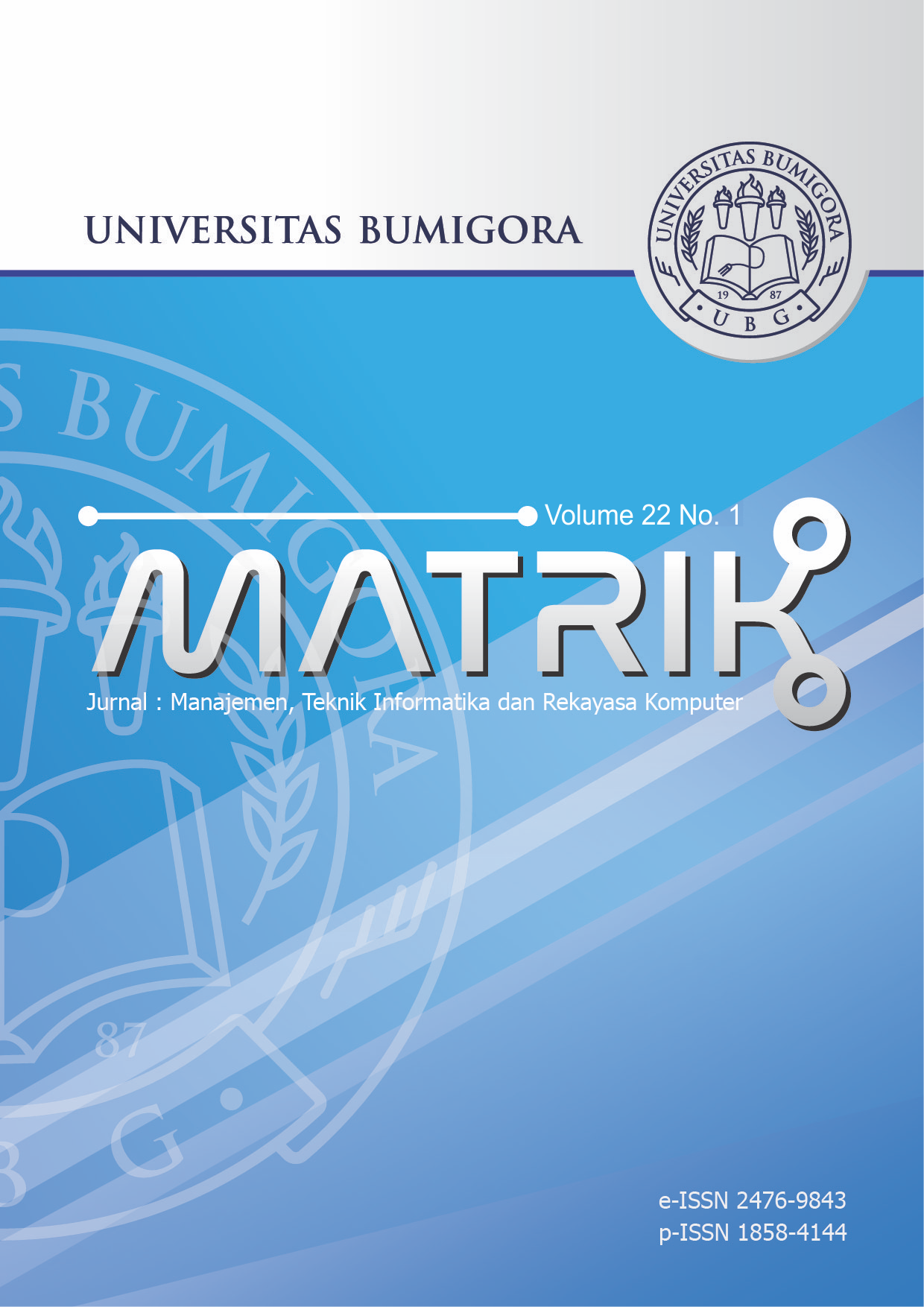Automated University Lecture Schedule Generator based on Evolutionary Algorithm
Abstract
university is a complicated work so in the implementation it have violation of the constraints and it also takes a lot of time since it is created manually. In this paper evolutionary algorithm (EA) is used to create an effective and feasible schedules based on the real data input that is obtained from each department. The objective functions in EA contribute in gaining the fitness function to solve the constraints problem in the schedule by applying weighting for each hard constraints. The objective function is gained from the total of infringement in each soft constraints addition by score weighting. The genetic operator used in EA is stochastic variation Operator. As far as the reproduction operator is concerned, the tournament selection was used with size 3. Crossover operator is conducted after selection process with crossover probability equal to 0.05 and mutation rate is 0.1. The size of population was set to 9 and stopping criteria algorithm was left run for fitness value = 1. The simulation result shows that EA can create lecture schedules efficiently and feasibly. Moreover, it is also faster with the execution time of the proposed EA is less than 30 and easier than creating manually.
Downloads
References
[2] W. A. Algasm, “Hybrid Algorithm to Solve Timetabling Problem,” IOP Conference Series: Materials Science and Engineering, vol. 928, no. 3, pp. 1–8, Nov. 2020, doi: 10.1088/1757-899X/928/3/032053.
[3] M. Mazlan, M. Makhtar, A. F. K. Ahmad Khairi, and M. A. Mohamed, “University course timetabling model using ant colony optimization algorithm approach,” Indonesian Journal of Electrical Engineering and Computer Science, vol. 13, no. 1, pp. 72–76, 2019, doi: 10.11591/ijeecs.v13.i1.pp72-76.
[4] S. Aslan and C. Aci, “Solving University Course Timetabling Problem Using Ant Colony Optimization : An Example of Mersin University Engineering Faculty,” in International Conference on Advanced Technologies, Computer Engineering and Science (ICATCES’18), 2018, vol. May, pp. 154–157.
[5] A. F. Khair, M. Makhtar, M. Mazlan, M. A. Mohamed, and M. N. A. Rahman, “An ant colony algorithm for universiti sultan zainal abidin examination timetabling problem,” Indonesian Journal of Electrical Engineering and Computer Science, vol. 13, no. 1, pp. 191–198, 2019, doi: 10.11591/ijeecs.v13.i1.pp191-198.
[6] Z. Qingfu and C. Fei, “Special issue on The 17th Annual UK Workshop on Computational Intelligence,” Soft Computing, vol. 22, no. 21, pp. 6965–6966, 2018, doi: 10.1007/s00500-018-3527-9.
[7] K. Zhu, L. D. Li, and M. Li, “A Survey of Computational Intelligence in Educational Timetabling,” International Journal of Machine Learning and Computing, vol. 11, no. 1, pp. 40–47, 2021, doi: 10.18178/ijmlc.2021.11.1.1012.
[8] G. N. Beligiannis, C. N. Moschopoulos, G. P. Kaperonis, and S. D. Likothanassis, “Applying evolutionary computation to the school timetabling problem: The Greek case,” Computers and Operations Research, vol. 35, no. 4, pp. 1265–1280, 2008, doi: 10.1016/j.cor.2006.08.010.
[9] M. H. Tayarani-N, “Novel operators for quantum evolutionary algorithm in solving timetabling problem,” Evolutionary Intelligence, vol. 14, no. 4, pp. 1869–1893, 2021, doi: 10.1007/s12065-020-00438-0.
[10] M. K. Kakkar, J. Singla, N. Garg, G. Gupta, P. Srivastava, and A. Kumar, “Class Schedule Generation using Evolutionary Algorithms,” Journal of Physics: Conference Series, vol. 1950, no. 1, 2021, doi: 10.1088/1742-6596/1950/1/012067.
[11] I. A. Abduljabbar and S. M. Abdullah, “An evolutionary algorithm for solving academic courses timetable scheduling problem,” Baghdad Science Journal, vol. 19, no. 2, pp. 399–408, 2022, doi: 10.21123/BSJ.2022.19.2.0399.
[12] A. O., I. E., and I. Kingsley, “A Tabu Search-based University Lectures Timetable Scheduling Model,” International Journal of Computer Applications, vol. 181, no. 9, pp. 16–23, 2018, doi: 10.5120/ijca2018917599.
[13] M. Elliot, F. S. Gbenga, and M. E. J, “Enhanced Heuristic Teaching Timetabling Algorithm Using Genetic algorithm,” International Journal of Scientific & Technology Research, vol. 9, no. 4, pp. 3804–3814, 2020.
[14] H. Hairani, A. Anggrawan, A. I. Wathan, K. A. Latif, K. Marzuki, and M. Zulfikri, “The Abstract of Thesis Classifier by Using Naive Bayes Method,” in 2021 International Conference on Software Engineering & Computer Systems and 4th International Conference on Computational Science and Information Management (ICSECS-ICOCSIM), Aug. 2021, no. August, pp. 312–315, doi: 10.1109/ICSECS52883.2021.00063.
[15] A. Slowik and H. Kwasnicka, “Evolutionary algorithms and their applications to engineering problems,” Neural Computing and Applications, vol. 32, no. 16, pp. 12363–12379, 2020, doi: 10.1007/s00521-020-04832-8.
[16] E. A. Abdelhalim and G. A. El Khayat, “A Utilization-based Genetic Algorithm for Solving the University Timetabling Problem (UGA),” Alexandria Engineering Journal, vol. 55, no. 2, pp. 1395–1409, 2016, doi: 10.1016/j.aej.2016.02.017.

This work is licensed under a Creative Commons Attribution-ShareAlike 4.0 International License.


.png)













